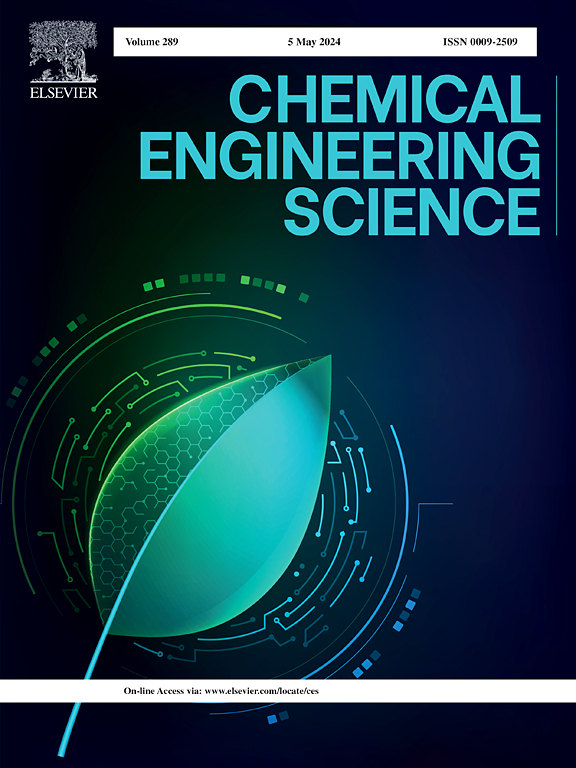铯掺杂策略将钙钛矿型双功能氧电催化剂推向高效、耐用的可充电锌空气电池
IF 4.1
2区 工程技术
Q2 ENGINEERING, CHEMICAL
引用次数: 0
摘要
在srco9 . nb0 . 10o3 -δ材料中掺杂铯引起晶格膨胀,氧空位浓度增加,高值阳离子增多。其中,sr0.9 cs0.1 co0.9 nb0.1 -δ (SCCN)催化剂表现出优异的电催化活性,半波电位大(0.695 V),过电位小(460 mV),催化稳定性好。用SCCN阴极组装的锌空气电池具有740 mAh g−1的高比容量和156 mW cm−2的最大输出功率密度,以及良好的充放电循环稳定性。密度泛函理论(DFT)计算表明,Cs掺杂可以大大降低氧空位的形成能,同时大大降低H2O和O2分子的吸附能,从而加速了碱性环境下的氧反应过程。我们的研究结果表明,a位Cs掺杂可以有效地调节钙钛矿催化剂的电催化活性,并有效地构建具有提高电催化活性的非贵金属电催化剂,用于其他能量转换和存储装置。本文章由计算机程序翻译,如有差异,请以英文原文为准。


Cesium doping strategy boosts perovskite type bifunctional oxygen electrocatalyst toward efficient and durable rechargeable zinc-air batteries
Cesium doping in SrCo0.9Nb0.1O3-δ material induces the lattice expansion, the increased oxygen vacancies concentration and high-value cations. Amongst, Sr0.9Cs0.1Co0.9Nb0.1O3-δ (SCCN) catalyst displays outstanding electrocatalytic activities with a large half-wave potential of 0.695 V, a small overpotential of 460 mV, and excellent catalytic stability. The zinc-air battery assembled with SCCN cathode presented high specific capacity of 740 mAh g−1 and maximum output power density of 156 mW cm−2 as well as good charge–discharge cycle stability. Density functional theory (DFT) calculation demonstrates that Cs doping could greatly reduce the formation energy of oxygen vacancies and the adsorption energy of H2O and O2 molecules simultaneously, which accelerates the oxygen reaction processes in the alkaline environment. Our findings indicate that A-site Cs doping could efficiently regulate the electrocatalytic activities of perovskite catalysts, and effectively construct non-noble electrocatalysts with boosted electrocatalytic activity for other energy conversion and storage devices.
求助全文
通过发布文献求助,成功后即可免费获取论文全文。
去求助
来源期刊

Chemical Engineering Science
工程技术-工程:化工
CiteScore
7.50
自引率
8.50%
发文量
1025
审稿时长
50 days
期刊介绍:
Chemical engineering enables the transformation of natural resources and energy into useful products for society. It draws on and applies natural sciences, mathematics and economics, and has developed fundamental engineering science that underpins the discipline.
Chemical Engineering Science (CES) has been publishing papers on the fundamentals of chemical engineering since 1951. CES is the platform where the most significant advances in the discipline have ever since been published. Chemical Engineering Science has accompanied and sustained chemical engineering through its development into the vibrant and broad scientific discipline it is today.
 求助内容:
求助内容: 应助结果提醒方式:
应助结果提醒方式:


